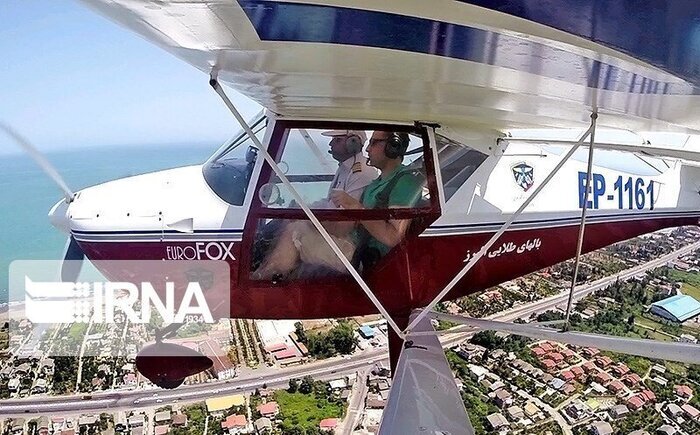Province, sandwiched between sea and mountain, is to lift aerial tourism

TEHRAN–Tourism authorities of the northern province of Mazandaran plan to boost aerial tourism as an income-generating industry.
The high income generated by aerial tourism in the west of Mazandaran has attracted private-sector investment, IRNA reported on Monday.
In Ramsar and Noshahr airports, recreational flying infrastructure has been provided, making aerial tourism one of the types of tourism offered in the region, the report added.
This type of flight involves people flying the plane with the pilot, experiencing the scenery and atmosphere of the area while learning to pilot tips along the way. They can fly 10 to 50 miles away from the airport.
By facilitating the investment process and not raising the price of the airplane and passenger insurance, the government encouraged private investment.
Five companies have invested in these airports to conduct recreational and educational flights in the last one or two years.
By deploying about 20 two-seater airplanes, these companies made recreational and educational flights possible for passengers and enthusiasts.
By launching and developing this tourism branch, in addition to earning a great deal of money, stable employment and further prosperity for the tourism industry in this region would be created.
Throughout the year, Mazandaran hosts millions of tourists from all parts of the country due to its many natural sights, such as the forest and the sea.
The development of aerial tourism in this province will not only bring in more tourists but also make their trip to this northern region more appealing.
Sandwiched between the towering Alborz mountain range and the Caspian Sea, Mazandaran has a rich yet turbulent history. An early civilization flourished at the beginning of the first millennium BC in Mazandaran (Tabarestan).
Its insecure eastern and southeastern borders were crossed by Mongol invaders in the 13th and 14th centuries. Cossacks attacked the region in 1668 but were repulsed. It was ceded to the Russian Empire by a treaty in 1723, but the Russians were never secure in their occupation. The area was restored to Iran under the Qajar dynasty.
The northern section of the region consists of lowland alongside the Caspian and upland along the northern slopes of the Alborz Mountains. Marshy backlands dominate the coastal plain, and extensive gravel fans fringe the mountains. The climate is permanently subtropical and humid, with very hot summers.
ABU/AM
